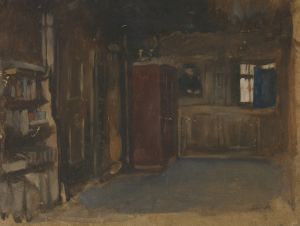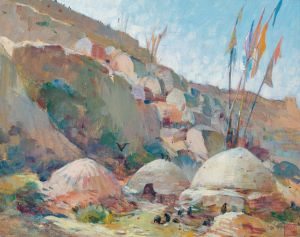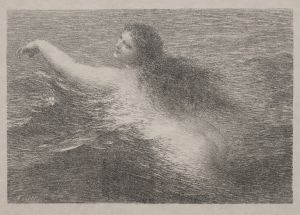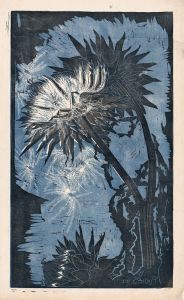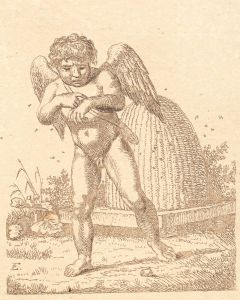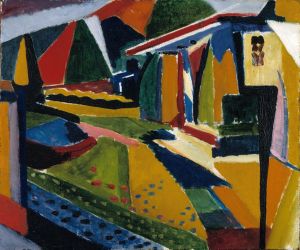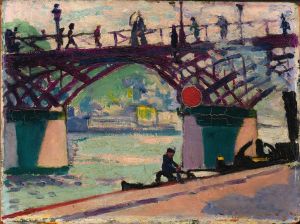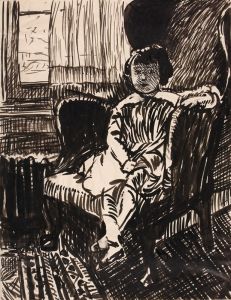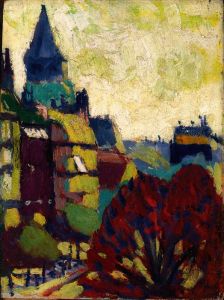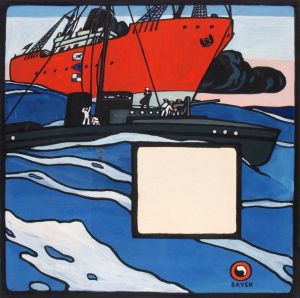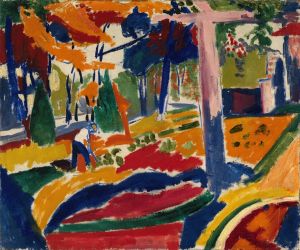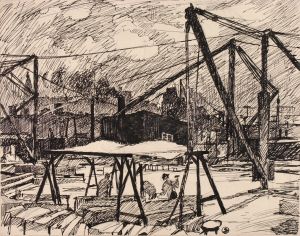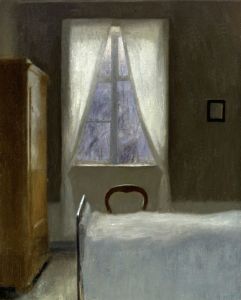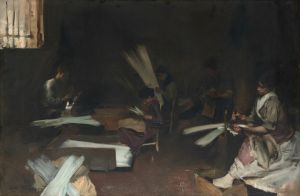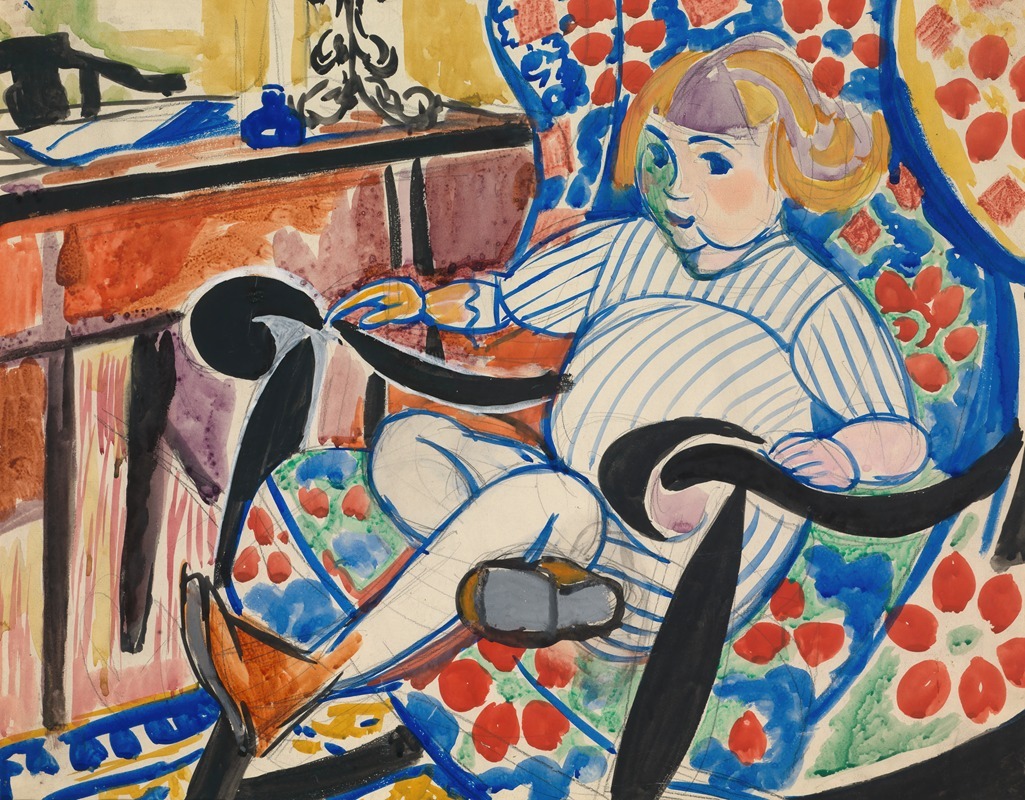
Gouache
A hand-painted replica of Henry Lyman Saÿen’s masterpiece Gouache, meticulously crafted by professional artists to capture the true essence of the original. Each piece is created with museum-quality canvas and rare mineral pigments, carefully painted by experienced artists with delicate brushstrokes and rich, layered colors to perfectly recreate the texture of the original artwork. Unlike machine-printed reproductions, this hand-painted version brings the painting to life, infused with the artist’s emotions and skill in every stroke. Whether for personal collection or home decoration, it instantly elevates the artistic atmosphere of any space.
Henry Lyman Saÿen was an American artist and inventor, known for his contributions to both the art world and the field of radiology. Born in 1875 in Philadelphia, Pennsylvania, Saÿen pursued a career that bridged the gap between science and art. He studied at the University of Pennsylvania and later at the Pennsylvania Academy of the Fine Arts, where he honed his skills in painting.
Saÿen's artistic style was influenced by the Post-Impressionist movement, characterized by bold colors and expressive brushwork. He spent several years in Paris, where he was exposed to the avant-garde art scene and developed his unique approach to painting. His works often featured vibrant colors and dynamic compositions, reflecting the influence of artists like Paul Cézanne and Henri Matisse.
One of Saÿen's notable contributions to the art world is his use of gouache, a medium that combines the properties of watercolor and acrylic paint. Gouache is known for its opacity and matte finish, allowing artists to create vivid and richly textured works. Saÿen's gouache paintings often depicted landscapes, still lifes, and abstract compositions, showcasing his ability to capture the essence of his subjects with bold and expressive strokes.
In addition to his artistic pursuits, Saÿen was also an inventor and made significant contributions to the field of radiology. He worked with the renowned physicist Thomas Edison and was involved in the development of early X-ray technology. Saÿen's scientific background informed his artistic practice, as he often explored the interplay between light, color, and form in his paintings.
Despite his contributions to both art and science, Saÿen's work did not gain widespread recognition during his lifetime. He passed away in 1918, leaving behind a body of work that would later be appreciated for its innovative approach and unique style. Today, Saÿen's paintings are held in various private collections and museums, where they continue to be studied and admired for their artistic and historical significance.
While specific details about individual works such as "Gouache by Henry Lyman Saÿen" are limited, his overall oeuvre reflects a commitment to exploring the boundaries of artistic expression and scientific inquiry. Saÿen's legacy as both an artist and inventor underscores the interconnectedness of creativity and innovation, highlighting the ways in which art and science can inform and inspire one another.





